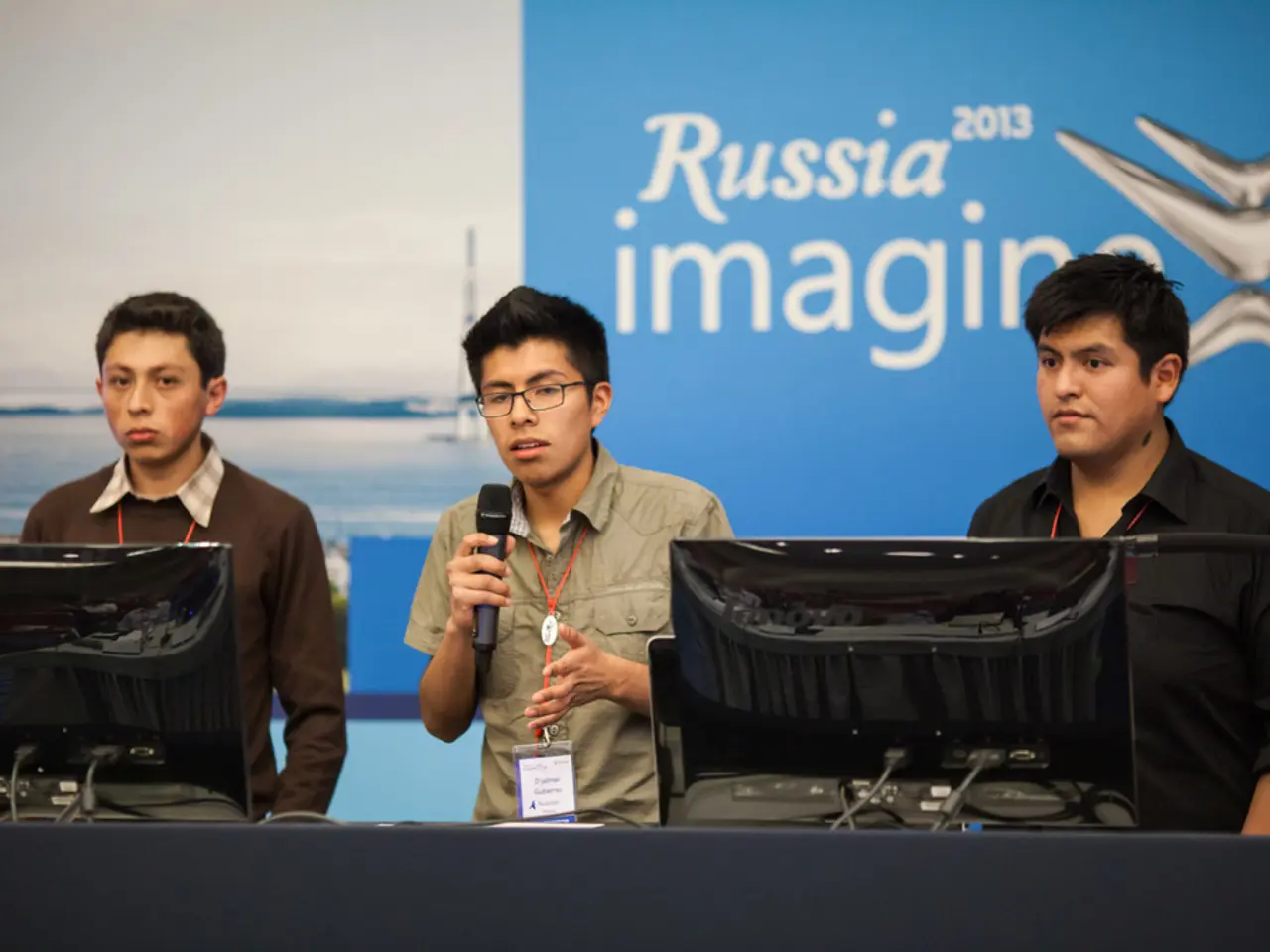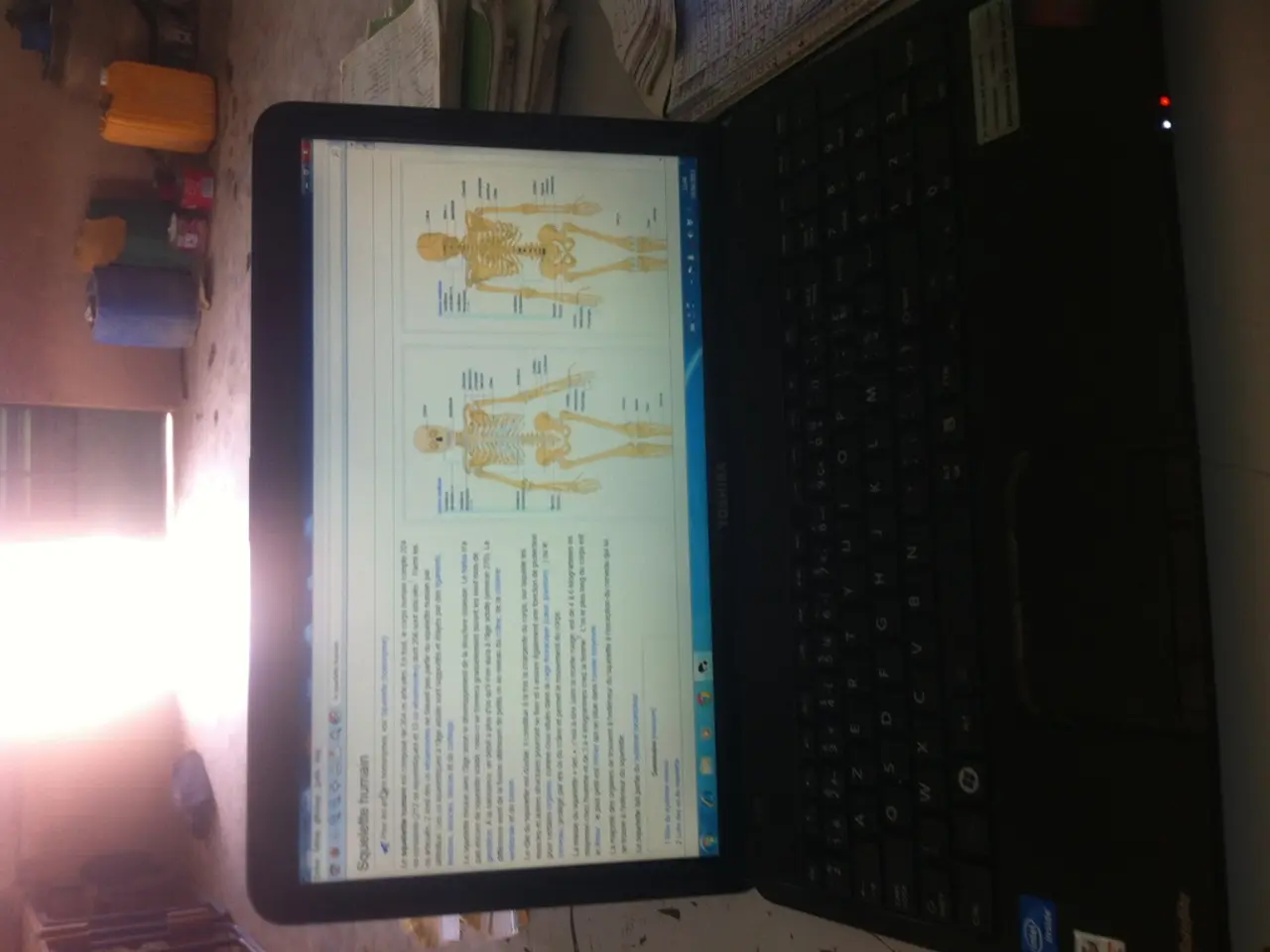Evolutionary Leap: ATSC 3.0 Serving as a Connection Between Traditional Broadcasting and Artificial Intelligence-Powered Media
In a significant shift, traditional broadcasters are evolving from passive content distributors to intelligent media ecosystems, thanks to partnerships with municipalities and the adoption of advanced technologies like ATSC 3.0 and artificial intelligence (AI).
This transformation positions broadcasters as essential smart city infrastructure providers, leveraging ATSC 3.0 to turn their broadcast infrastructure into smart media hubs. ATSC 3.0, also known as "NextGen TV", provides a technical foundation through IP-based broadcasting. This merges reliable over-the-air transmission with broadband flexibility, enabling targeted content delivery, real-time interactivity, and enhanced viewer engagement.
AI acts as a cognitive layer, applying predictive analytics, personalization engines, and computer vision to optimize scheduling, advertising, content recommendations, and interactive elements based on individual viewer preferences and behaviour. With ATSC 3.0, broadcasters move beyond fixed, linear programming to deliver content tailored to individual devices and contexts.
AI can forecast audience preferences, personalize on-screen content dynamically, and generate metadata from video analysis to improve targeting. Future AI applications may include attention tracking like eye-tracking to fine-tune when and how promotional messages and interactive features appear. This creates a seamless, user-centric viewing experience akin to over-the-top (OTT) platforms but with the broad accessibility and reliability of traditional broadcasting.
The benefits broadcasters gain from this transition include new revenue streams beyond traditional advertising—such as targeted ads, interactive services, and non-media applications like broadcast positioning—and improved operational efficiencies through real-time analytics and automated content management. Broadcasters also enhance their relevance in a media environment increasingly dominated by on-demand and personalized consumption, retaining audience loyalty and community service roles while competing with digital platforms.
The hybrid ATSC 3.0 ecosystem supports improved picture quality (4K UHD), immersive audio, and hyper-local emergency alerts, raising overall viewer satisfaction. However, broadcasters must implement these AI-driven capabilities ethically by ensuring algorithmic transparency, avoiding biased or opaque decision-making, and balancing personalization with content diversity to prevent filter bubbles.
In the media landscape, today's leading platforms generate continuous streams of behavioural data from various sources. This data abundance enables context-aware delivery, predictive personalization, and dynamic optimization in modern media. Cloud-based content management systems are essential for handling massive data flows and integrating with AI tools. Robust API ecosystems are needed to enable integration with external data sources such as weather services, traffic systems, and social media platforms.
Broadcasters must prioritize strategic, market-by-market deployment of ATSC 3.0 transmission capabilities. They can deliver real-time transportation updates, air quality information, public health messaging, and community event notifications, solidifying their role as essential smart city infrastructure providers.
Moreover, broadcasters must build direct relationships with audiences through authenticated services that provide value in exchange for data sharing. Developing first-party data strategies becomes crucial as privacy regulations tighten and third-party cookies disappear.
In summary, by integrating ATSC 3.0's advanced broadcasting capabilities with AI-powered intelligence, traditional broadcasters evolve into smart media ecosystems that provide personalized, interactive, and high-quality content experiences while opening new business and community engagement opportunities.
- Broadcasters are transitioning from content distributors to intelligent media ecosystems, partnering with municipalities and adopting technologies like ATSC 3.0 and AI.
- Leveraging ATSC 3.0, broadcasters convert their infrastructure into smart media hubs, merging over-the-air transmission with broadband flexibility for targeted content delivery.
- AI optimizes scheduling, advertising, content recommendations, and interactive elements based on individual viewer preferences and behavior in the smart media hubs.
- With AI, broadcasters move beyond fixed programming to personalized content delivery based on individual devices and contexts.
- Future AI applications may include attention tracking to fine-tune promotional messages and interactive features, creating a seamless viewing experience similar to OTT platforms.
- Broadcasters gain new revenue streams through targeted ads, interactive services, and non-media applications like broadcast positioning, along with improved operational efficiencies from real-time analytics and automated content management.
- AI-driven capabilities must be used ethically by ensuring algorithmic transparency, avoiding biased decision-making, and balancing personalization with content diversity to prevent filter bubbles.
- Cloud-based content management systems and robust API ecosystems are essential for context-aware delivery, predictive personalization, and dynamic optimization in modern media.
- Broadcasters must prioritize strategic deployment of ATSC 3.0 transmission capabilities to deliver real-time updates, public service information, and community event notifications, strengthening their role as smart city infrastructure providers.




